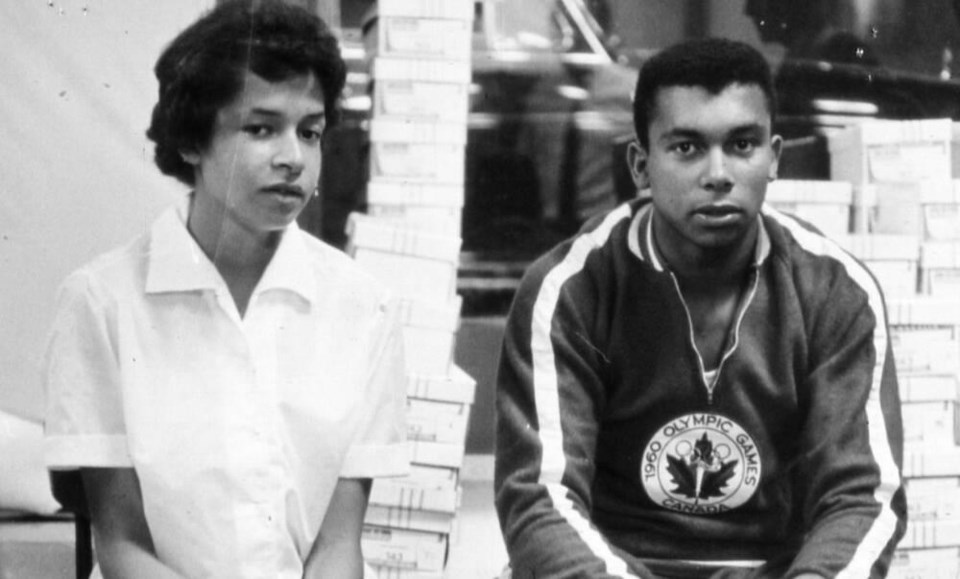Legendary track and field siblings, a trailblazing politician and Canada’s first full-time Black daily newspaper reporter. These are some of the individuals who have contributed to North Vancouver’s rich Black history.
But diving into that history hasn’t been easy to do. That’s why MONOVA: Archives of North Vancouver has launched its new Black History Guide.
The guide provides tips on how to find names in MONOVA’s collections, records from other archives and other sources. It also gives an overview of several prominent figures and families that have made a lasting mark on the community.
MONOVA doesn’t have any large Black history collections – like the Jerome family’s at Simon Fraser University – explained archives attendant George Twiss.
“It just means that those stories are kind of trickled throughout the archives, which makes it a little bit more challenging to find, which is why we wanted to create the guide so that people can access it without having to dig through everything,” she said.
The guide notes that census records are a powerful search tool, but still have limitations. While records go back to 1881 in British Columbia, there isn’t a way to search for Black individuals in older searches. The issue is complicated more by the fact that many Black families were listed as Irish.
At the time, Irish people weren’t classified as being white, and were considered less than subjects.
“So Irish could have served as a catch-all term for people of color, because they might have been British citizens, technically, but they weren’t white,” Twiss said. Also, some Black families did have Irish last names, like those in the West Indies with family names passed down from colonizers.
“The example that we show is the Sullivan family – Sullivan is an Irish last name, but the family is from the West Indies,” she said.
The guide also points to newspaper searches and city directories as ways of unearthing more information.
Notable Black figures story North Vancouver's past
As a jumping off point, the second part of the manual lists several families and individuals of note.
That includes the Sullivans, which settled in Moodyville in the 1870s and ran the cooking department at the Moodyville Sawmill Co. They later built Sullivan’s Hall on Cordova Street in Vancouver, which held early Methodist and trade union meetings.
Also featured is the famous track and field sibling duo, Valerie and Harry Jerome. Both earned multiple athletic accolades before attending the 1960 Olympic Games in Rome. Later, both would go on to become teachers.
Born in Toronto in 1918, Fred Wilmot was later turned away from enlisting in the Second World War because of his race. He was then conscripted as a “zombie” before being discharged and sent to work as a holder-on at the Burrard Dry Dock. There, Wilmot wrote a regular column in the union newspaper, and eventually became Canada’s first Black daily newspaper reporter with the Winnipeg Citizen in 1946.
In 1956, John Braithwaite moved to North Vancouver to work at the North Shore Neighbourhood House as director of the male program. He eventually became executive director, and served in the role for more than 20 years. In 1972, he was elected as a councillor in the City of North Vancouver, one of three black politicians in B.C. at the time.
Braithwaite was also an avid basketball coach and received the Freedom of the City Award from North Van City in 2003.
You can access the Black History Guide through MONOVA’s website.



